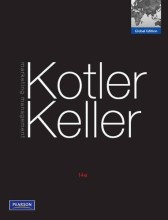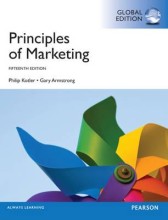Mechanisms of Perception: Hearing, Touch, Smell, Taste and Attention - Selective Attention
3 important questions on Mechanisms of Perception: Hearing, Touch, Smell, Taste and Attention - Selective Attention
Explain the two theories of color vision.
1. Component theory: There are three different kind of color receptors (cones); for red, blue and yellow.
2. Opponent-process theory: There are two different classes in the visual system: One to encode color, the other to encode brightness. There are two pair of complementary colors: Red-green and Yellow-blue. These can fire into eachothers direction.
These colors produce white and grey when mixed together.
- Complementary colors can not exist together.
- The afterimage of one color is the complementary color.
There are three different pathways through which neurons fire into the cortex. Which are they and what are they characteristics?
1. Magnocellular pathway
- Big receptive fields and shortly activated
- Specialized in object movement and coordination of motoric actions
2. Parvo-interblob pathway
- Receives input from parvocellular neurons, longly active
- Specialized in refrained analysis of objects
3. Blob-pathway (Koniocellular)
- Receives input from nonM-nonP cellen and from M&P cells in Cortical Layer IV.
- Circular fields
- Sensitive to different wavelengths
- Color-opponency
- Specialized in color analysis
How are the three pathways associated? Explain.
Parallell, cells from layer IV C go via Blob pathways to extrastriate coritcal areas, but also through their own pathways (via Layer IV B or Interblob)
The question on the page originate from the summary of the following study material:
- A unique study and practice tool
- Never study anything twice again
- Get the grades you hope for
- 100% sure, 100% understanding
































